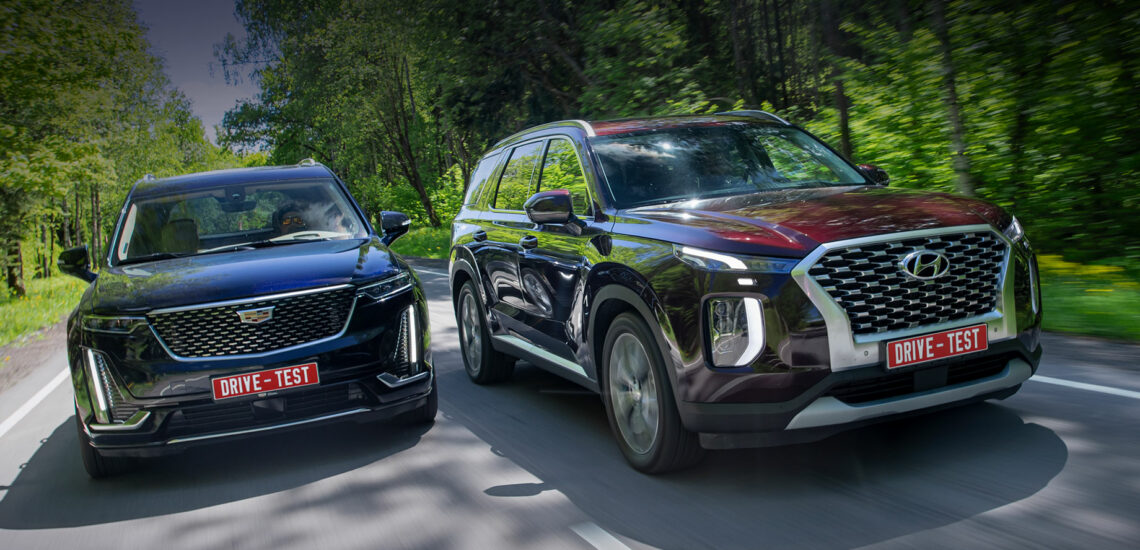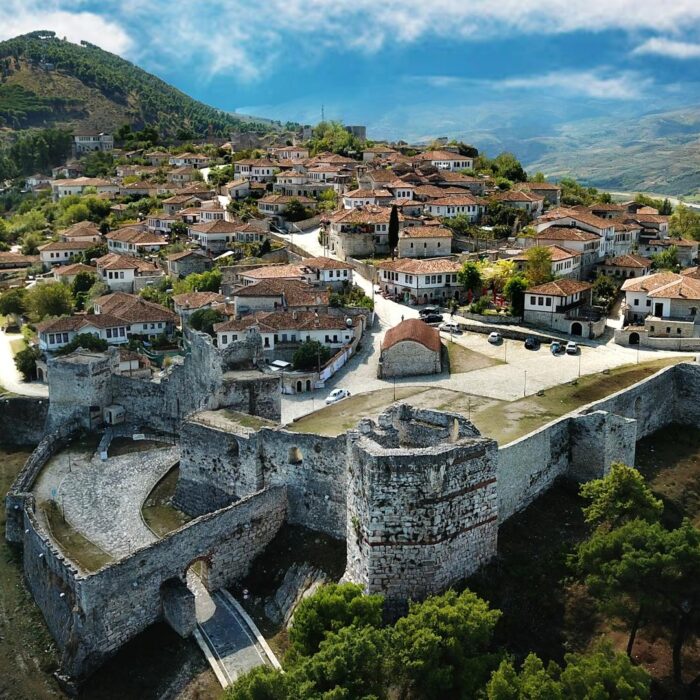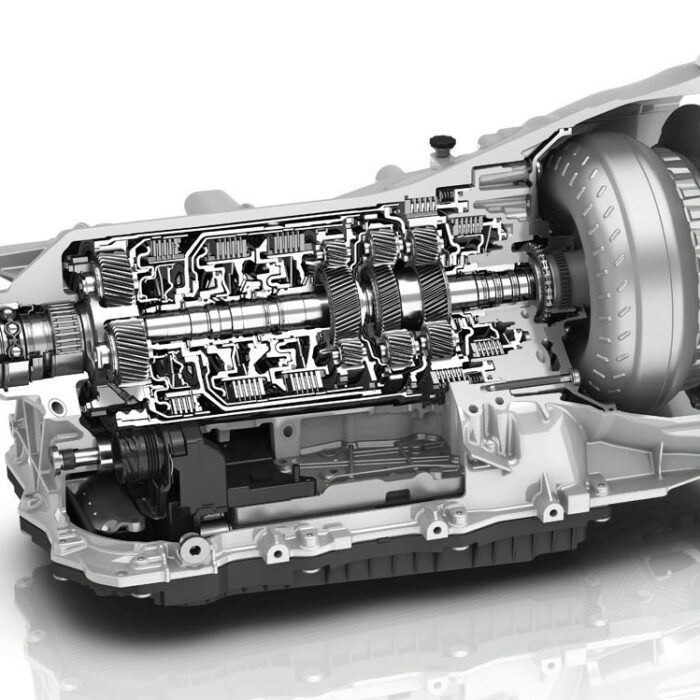Il crossover Hyundai Palisade e la Cadillac XT6 difficilmente si sarebbero incontrati in un test comparativo nel periodo pre-covida. Ma la penuria e l’avidità dei concessionari hanno reso direttamente concorrenti due modelli apparentemente disgiunti. Quando i venditori di auto americane mostrano ancora moderazione, aggiungendo piccole somme al prezzo di vendita al dettaglio, il sovrapprezzo nelle concessionarie Hyundai è talvolta impressionante. Anche se la Palisade è entrata nel segmento premium per caso, è in grado di mettere in difficoltà la XT6 per alcuni aspetti.
Palisade è un quartiere di Los Angeles, non un recinto di legno come si potrebbe pensare. La coreana è più corta della Cadillac di sette centimetri, ma più spaziosa. Sul sedile del guidatore, regolato per il mio metro e ottanta, mi siedo con uno spazio quasi doppio in corrispondenza delle ginocchia: 130 mm contro 70. I piedi sono anche più comodi, anche se non si può dire che non ci siano problemi. Anche i piedi sono più comodi, anche se lo spazio tra la testa e il soffitto è inferiore a quello della Caddy (80 mm contro 100). La Hyundai ha aperture più ampie per le porte posteriori, una posizione di guida più comoda e un sedile posteriore più accogliente: più morbido, più adatto a tre passeggeri e con ampie possibilità di regolazione della lunghezza e dell’angolo dello schienale.
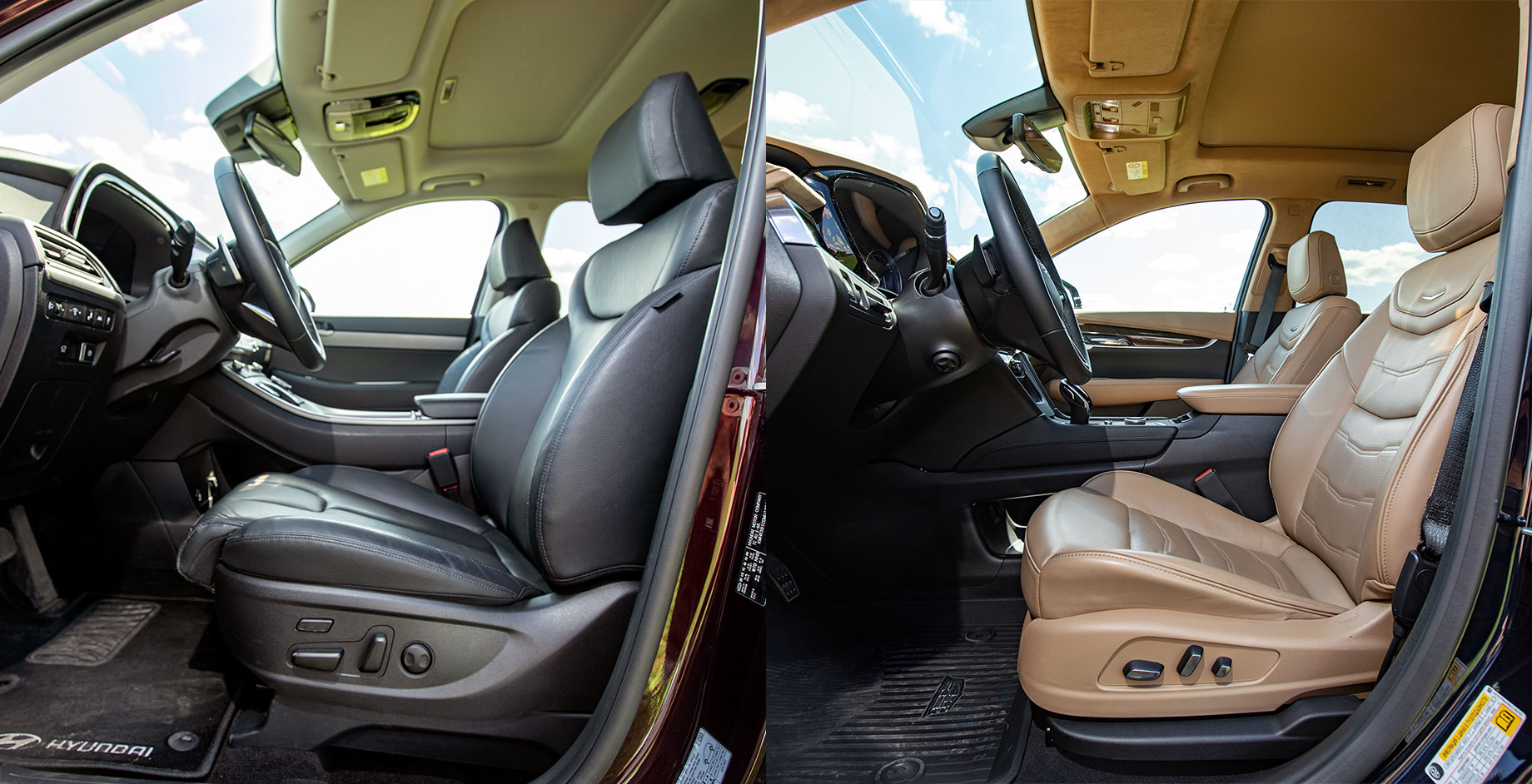
Il sedile posteriore si allontana ulteriormente, facilitando l’accesso alla terza fila. La parte posteriore è più spaziosa in tutte le direzioni. Non tocco il rivestimento del soffitto con la testa. Se sposto un po’ il sedile della seconda fila, c’è un piccolo spazio aggiuntivo per le gambe. È possibile fare lo stesso nella Cadillac, ma si dovrà spostare la fila centrale così tanto da risultare scomoda per un adulto. Lo spazio disponibile per la testa e per i piedi è minore; lo schienale dei sedili è fissato saldamente.
Negli interni della Cadillac, l’accento è posto sulla qualità delle finiture. I sedili, i pannelli anteriori e quelli delle porte sono rivestiti in morbida pelle. Legno naturale, alcantara sul soffitto, l’odore di un oggetto costoso… Tuttavia, la Cadillac ci sconvolge con un pannello di controllo del clima che si ritrae e una cortina appiccicosa di portabicchieri tra i sedili anteriori. La Hyundai è meglio assemblata, i tessuti sono più uniformi. Ma il pensiero che si debba pagare una piccola somma per degli interni così plasticosi mi rattrista.
Entrambe non sono perfette durante la marcia, ma la Cadillac è più purosangue. Ha un migliore isolamento acustico, che si nota soprattutto in autostrada, e una guida fluida. Il crossover statunitense smussa bene le sottili increspature dell’asfalto; gli ammortizzatori adattivi lavorano in modo sensibilmente più morbido in compressione. E sulle strade con molti tratti accidentati, la XT6 si comporta benissimo. Lo stesso non si può dire per la Palisade: quando la strada si carica di buche a raffica, la Hyundai inizia a ballare terribilmente con le sue pesanti ruote e a colpire i passeggeri con una pioggia di pugni.
Ma il SUV coreano si affatica meno spesso con le vibrazioni delle masse non sospese, nonostante le pesanti ruote da 20 pollici, come sulla Cadillac. Naturalmente, quando cade in una grossa buca, la Palisade ha difficoltà, ma per la Cadillac è ancora più difficile: le sospensioni reagiscono rigidamente nella fase di uscita dal fondo e un’onda d’urto attraversa il corpo vettura. La XT6 non esce, ma salta via anche da piccoli dossi e atterra in modo brusco.
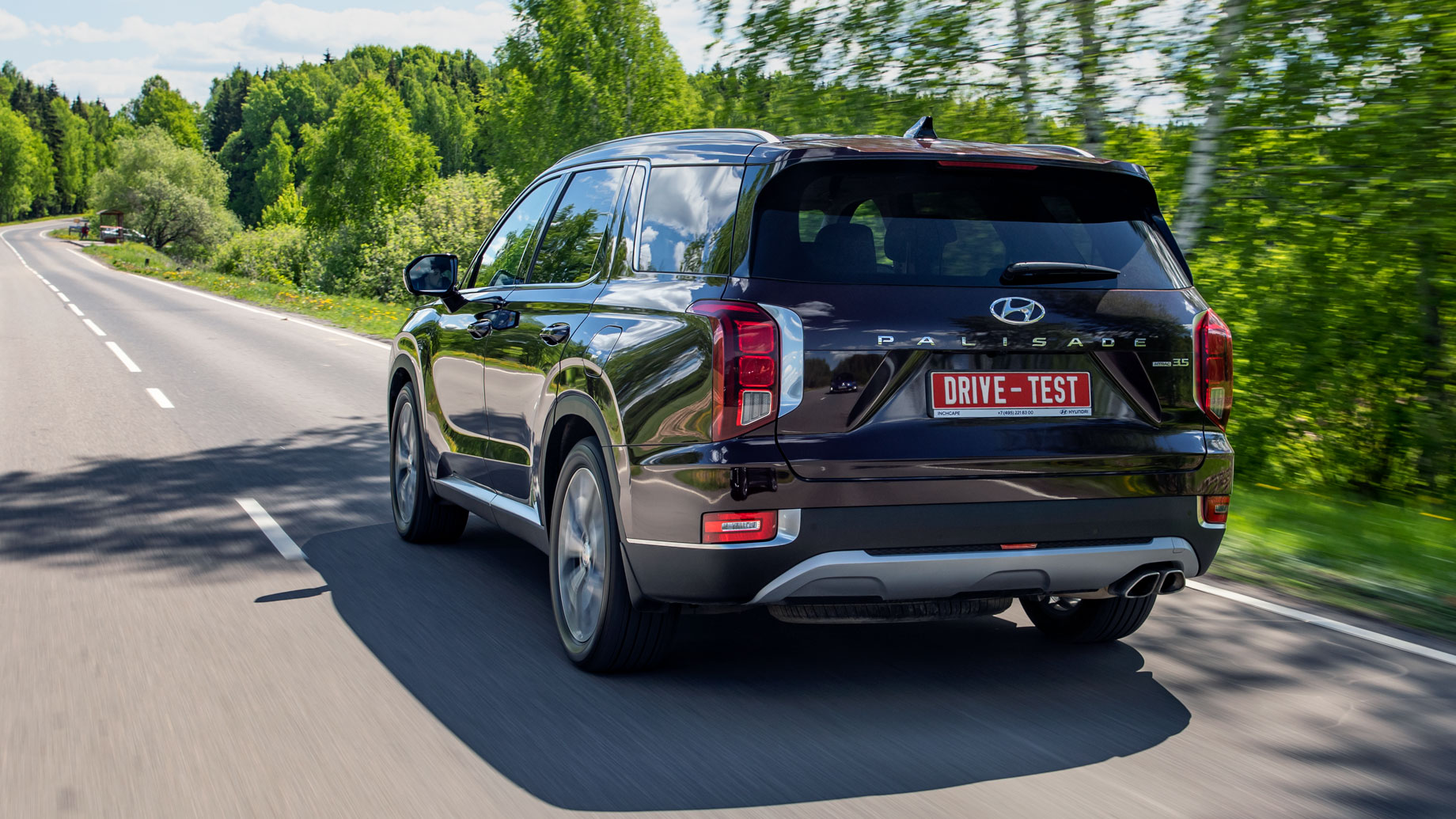
Non è particolarmente sofisticata o ben sterzante. La Cadillac è stazionaria: risponde ai comandi dello sterzo in modo distaccato e li esegue in modo vago, e gira a fasi alterne sulle superelevazioni ad alta velocità: prima la parte anteriore cambia rotta, poi quella posteriore, come se fosse un autobus articolato. La XT6 rallenta anche in modo strano. Lo sforzo sul pedale, senza la ruota libera, è così grande che non tutti gli uomini si sentono a proprio agio. E a ogni frenata, la sensazione che i freni si siano “esauriti” non vi abbandona. Anche se la resistenza al surriscaldamento persiste anche durante la guida attiva.
Pertanto, il motore turbo 2.0 da 200 CV viene percepito come una benedizione: non provoca stupidità e, come previsto, diventa acido in autostrada. I dati non sono dei migliori: nel migliore dei casi, con una persona e mezzo serbatoio, ci vogliono 9,8 secondi per accelerare a 60 miglia orarie. Tuttavia, nella folla urbana, la coppia ai bassi regimi e l’ingegnosità del cambio automatico a nove rapporti sono sufficienti per partire in modo dinamico e manovrare rapidamente nel flusso. Si apre leggermente l’acceleratore – la scatola cambia in basso, si preme di più – salta di qualche marcia. Veloce e senza interruzioni.
Il motore a sei cilindri aspirato della Palisade avrebbe bisogno di un compagno simile, ma il cambio automatico a otto gamme è configurato in modo filosofico. La “partenza a strappo” è accompagnata da un intoppo, i passaggi alle marce inferiori avvengono con un certo ritardo. Ma il V6 deve essere mantenuto in buona forma: una trazione decente si avverte solo a partire da 4500-5000 giri/min. È qui che la Palisade soddisfa non solo con un bel rombo, ma anche con una dinamica potente. Con lo stesso input della Cadillac, per arrivare a 100 km/h ci vogliono 8,5 secondi.
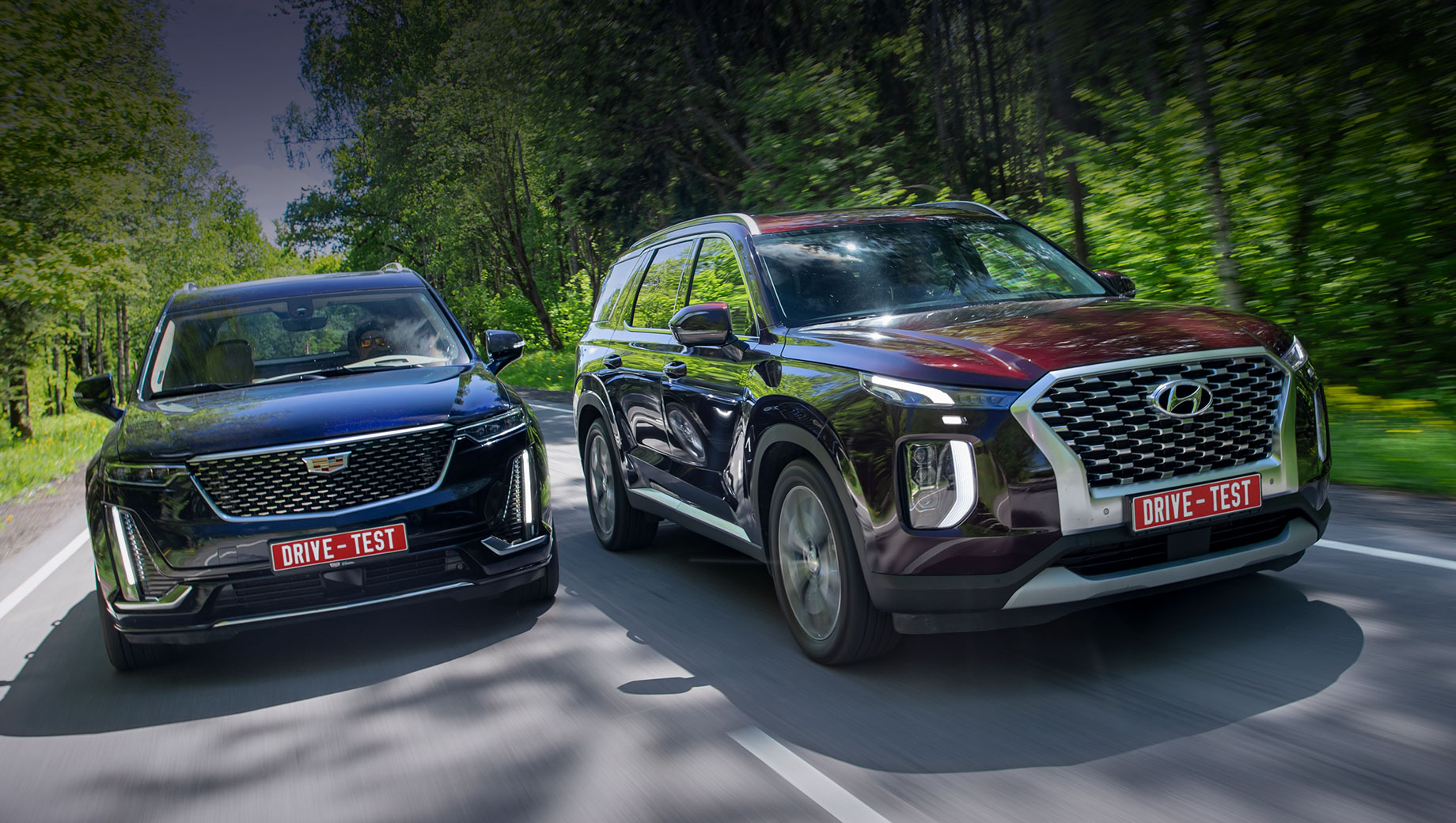
La Hyundai è anche più agile nei tratti tortuosi. È più disposta a entrare nell’arco, vi rimane meglio e corregge con maggiore precisione. Si inclina e si inclina meno e, in generale, si guida in modo più raccolto. Ma ci sono anche i problemi tradizionali delle auto coreane: uno sterzo poco informativo oscurato dalla forza viscosa e i freni che cedono dopo un paio di rallentamenti intensi. Tuttavia, la guida è chiaramente meglio configurata rispetto alla Cadillac ed è più comodo frenare in situazioni normali.
La Palisade è un’ottima scelta al prezzo di vendita consigliato. È un crossover comodo e spazioso, con una terza fila completa, un ampio e pratico bagagliaio, un motore V6 di alta gamma, una buona dinamica e un buon equipaggiamento. Ma quando si tratta di importi maggiori, la richiesta diventa più severa. Dove i margini dei concessionari portano, la Hyundai soffre non solo per la mancanza di ricchi rivestimenti interni. Lungi dall’essere angusta, la Cadillac offre un comfort di guida superiore e un’integrità della natura. Un carattere bonario e uno stato d’animo rilassato sono accattivanti anche con un motore gracile e freni troppo esigenti.
Questa è una traduzione. Potete leggere l’originale qui: https://www.drive.ru/test-drive/cadillac/hyundai/60d33856f5bf930983cc1a67.html

Pubblicato Giugno 02, 2022 • 5m da leggere

